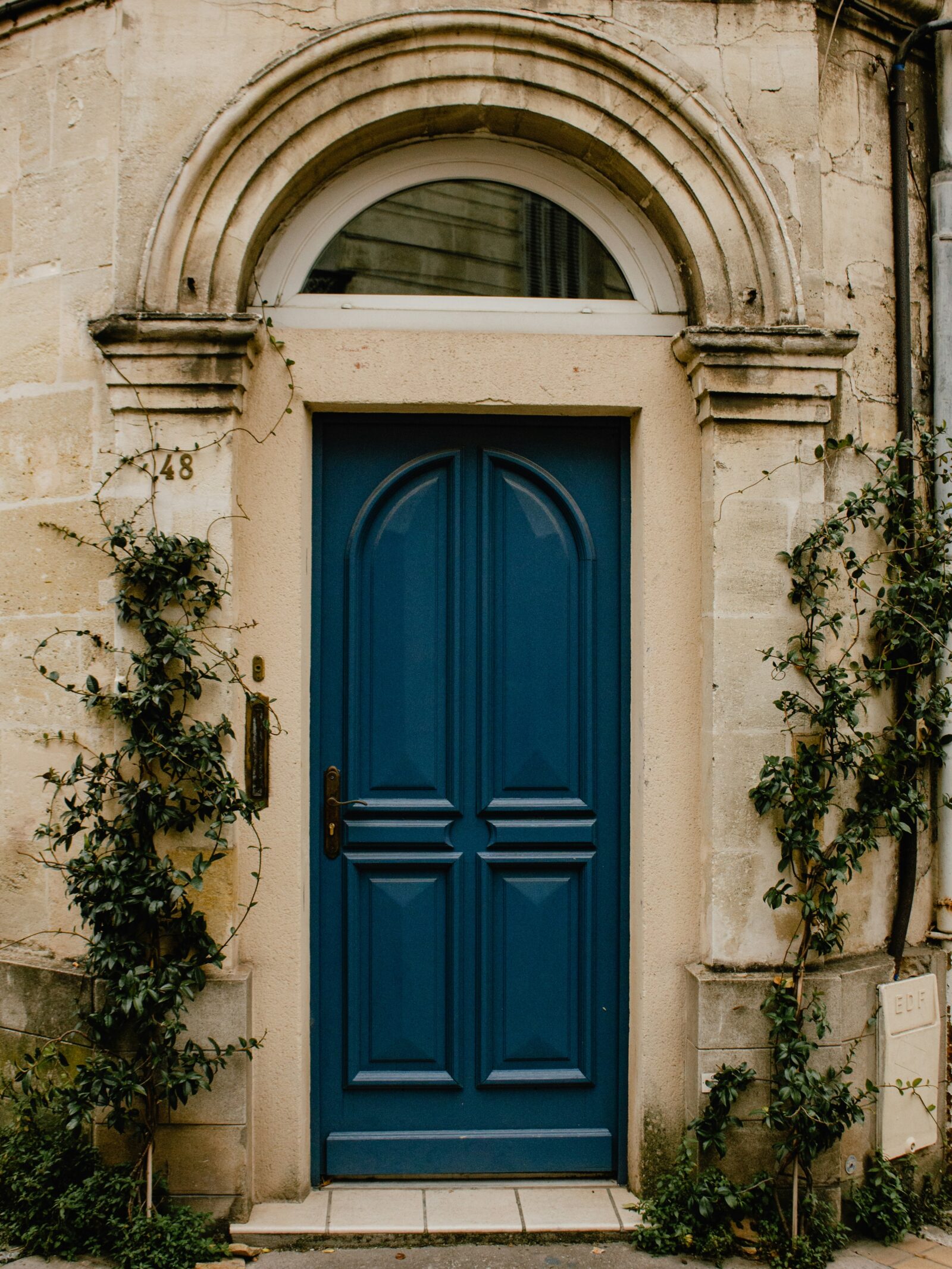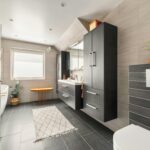When it comes to home security, one of the simplest yet most effective measures you can take is to install a deadlock. These sturdy locking mechanisms are designed to provide an extra layer of protection for your doors, ensuring that unwanted visitors stay out and your loved ones remain safe inside. With rising concerns about burglary and property crime, investing in high-quality deadlocks has never been more important.
But what exactly is a deadlock? Unlike standard locks that can be easily manipulated or picked, deadlocks operate with a bolt mechanism that secures the door firmly in place when locked. This makes them highly resistant to forced entry. Whether you’re moving into a new home or looking to upgrade your current security system, understanding different types of deadlocks available on the market will help you make informed decisions for your space.
Join us as we explore various options and considerations when choosing the right deadlock for your needs—because securing your space should always be a top priority!
Different types of deadlocks available in the market
Deadlocks come in various forms, each designed to serve specific security needs. The most common type is the single-cylinder deadlock. This model features a keyhole on one side and a thumb turn on the other, making it convenient for residential doors.
Then there’s the double-cylinder deadlock. It requires a key from both sides, providing extra protection against intruders who might gain access through a window or adjacent space.
For added versatility, you can find smart deadlocks that integrate with home automation systems. These locks allow you to control access remotely through your smartphone.
Rim-mounted deadlocks are ideal for commercial settings where high traffic occurs. They attach directly to the door surface and offer robust security without extensive installation requirements. Each type has its unique advantages tailored to different environments and lifestyles.
Factors to consider when choosing a deadlock for your space
Choosing the right deadlock for your space involves understanding several crucial factors. First, consider the material of your door. A sturdy wooden or metal door often requires a different type of lock than a hollow-core option.
Next, assess the level of security you need. If you live in a high-crime area, opt for deadlocks with higher ratings and advanced features like anti-drill plates.
Think about ease of use as well. Some locks come with additional features such as keyless entry systems or smartphone integration, adding convenience to security.
Don’t overlook aesthetic appeal. Deadlocks are available in various finishes and styles that can complement your home’s design while providing robust protection.
Benefits of installing high-quality deadlocks
High-quality deadlocks offer peace of mind. They provide a robust barrier against unauthorized entry, making it challenging for intruders to break in.
Durability is another significant benefit. These locks are designed to withstand wear and tear, ensuring they remain effective over time. This longevity saves you money on frequent replacements.
Enhanced safety features also come into play. Many high-quality options include advanced locking mechanisms that resist picking and bumping.
Moreover, installing these deadlocks can lower your insurance premiums. Insurance companies often reward homeowners who invest in superior security measures with discounts.
In addition, they improve the overall value of your home. Prospective buyers appreciate homes equipped with reliable security systems, making it an attractive selling point if you choose to move later on.
How to properly install a deadlock on your door
When it comes to enhancing your home security, proper installation of a deadlock is crucial. Start by gathering the necessary tools: a drill, screwdriver, chisel, and measuring tape.
First, identify the ideal height for your deadlock. Most homeowners prefer their locks at about 3-4 feet from the ground for convenience. Mark this height clearly on your door.
Next, you’ll need to measure and mark where the lock will go. Follow the manufacturer’s instructions carefully for precise measurements. Use a drill to create holes for both the lock body and keyhole.
After drilling, use a chisel to carve out space if needed so that the deadlock sits flush against the door surface. Insert the lock into place and secure it with screws provided in your package.
Don’t forget about testing! Once installed, check that both locking mechanisms work smoothly without any obstruction. A well-installed deadlock not only secures your space but also provides peace of mind knowing you’ve taken an important step toward safety in your home.












